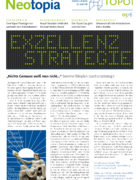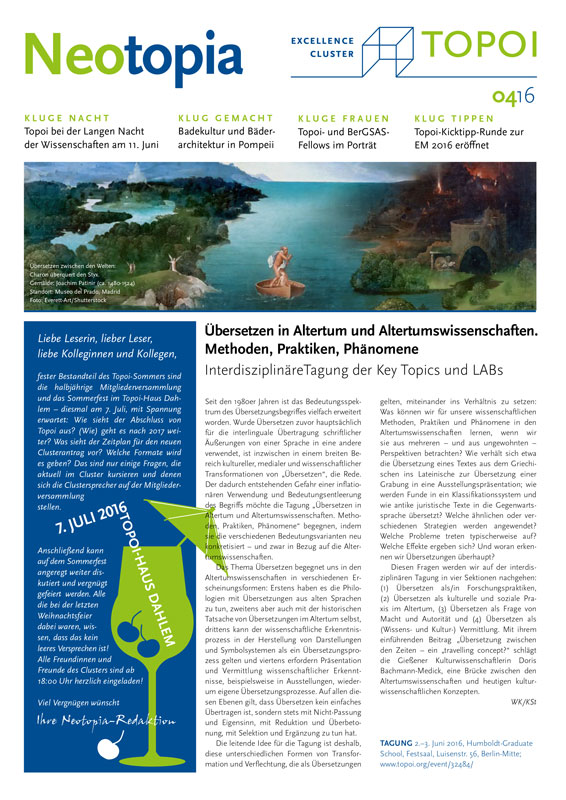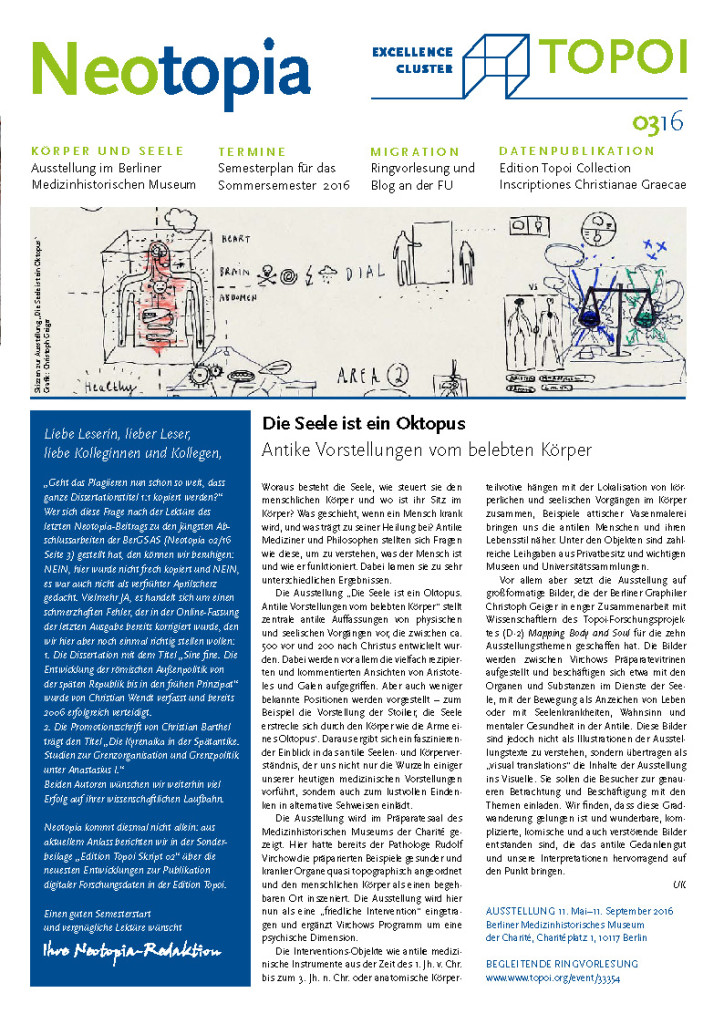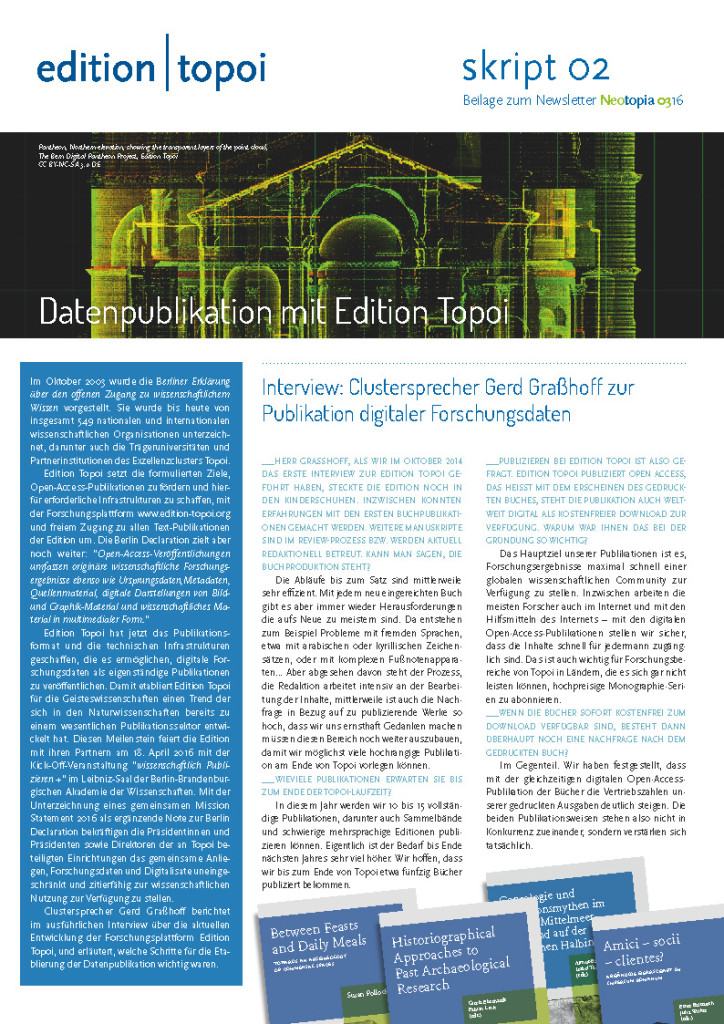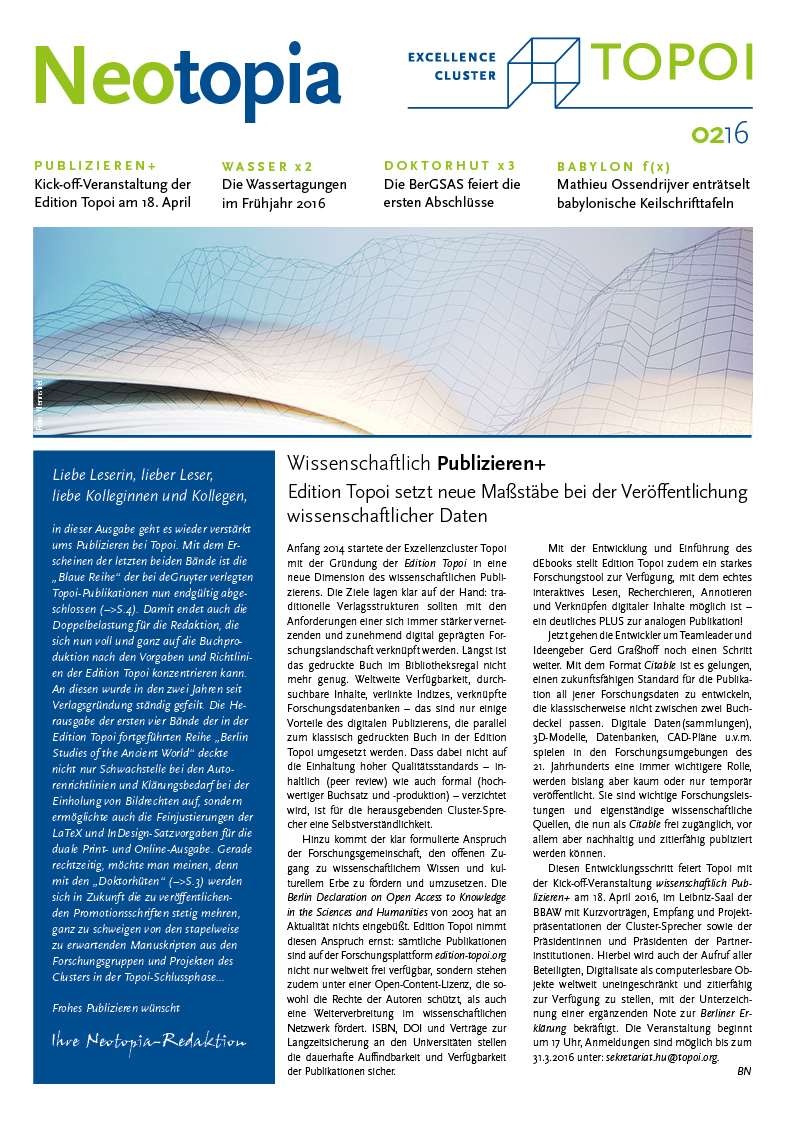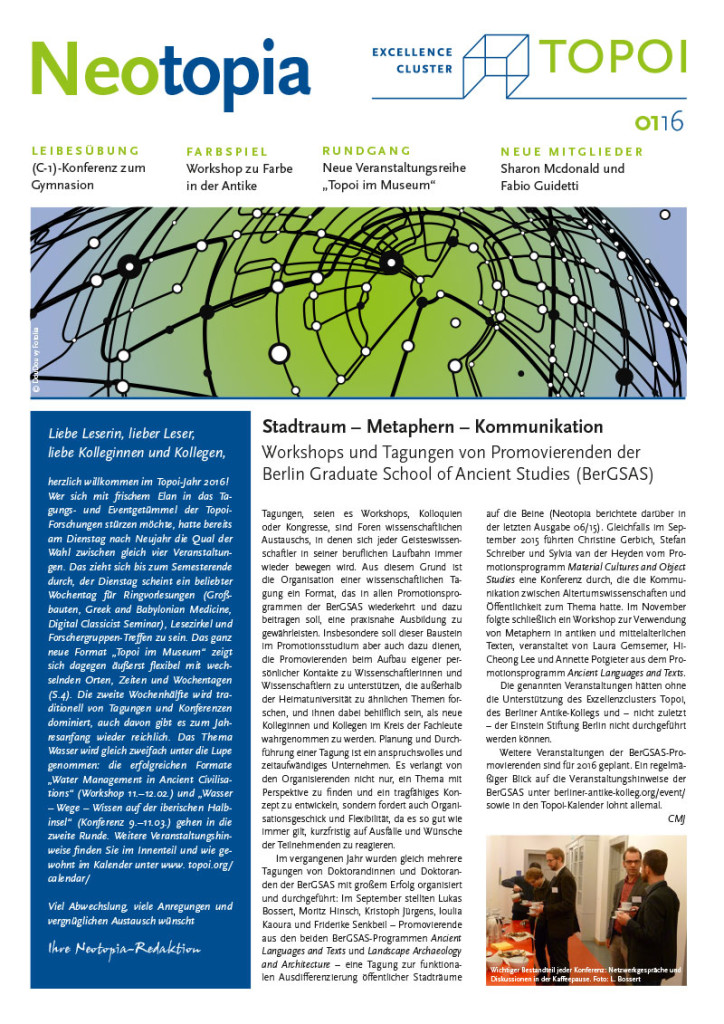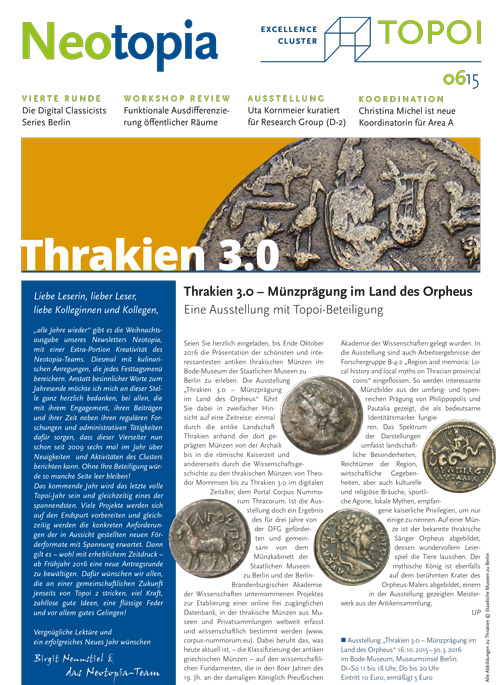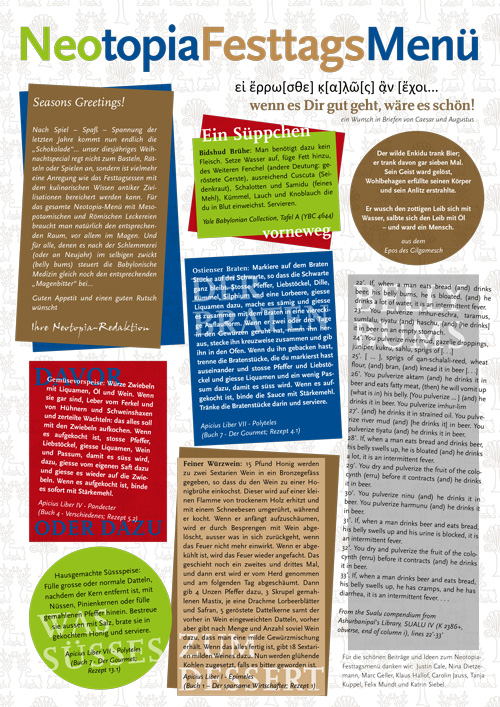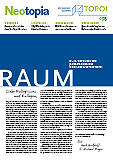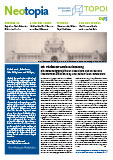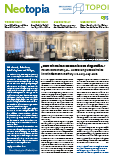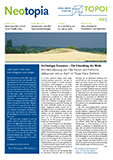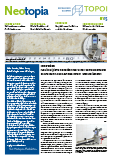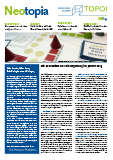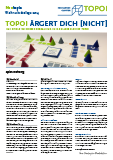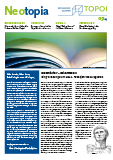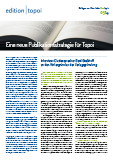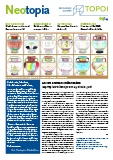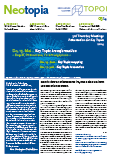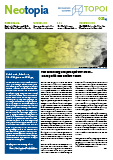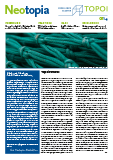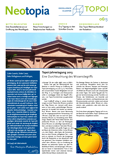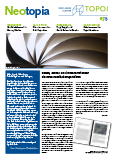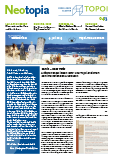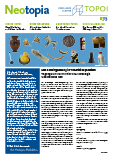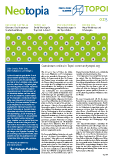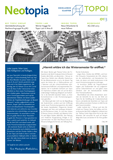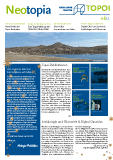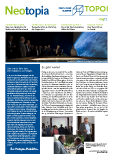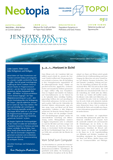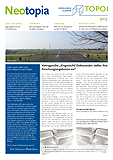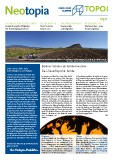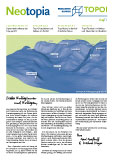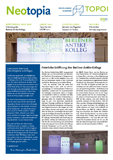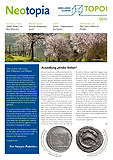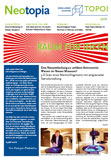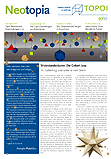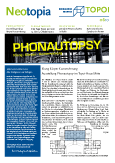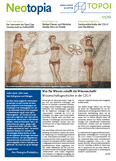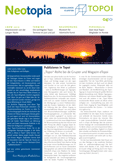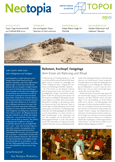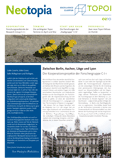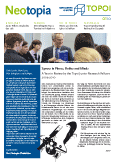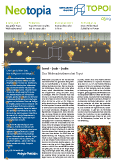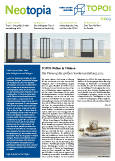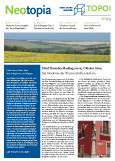CAMERA KALAUREIA An Archaeological Photo-Ethnography | Μια αρχαιολογική φωτο-εθνογραφία by Yannis Hamilakis & Fotis Ifantidis.
170 pages; illustrated in full colour throughout. Full text in English and Greek. Available both in print and Open Access.
ISBN 9781784914141.
How can we find alternative, sensorially rich and affective ways of engaging with the material past in the present?
How can photography play a central role in archaeological narratives, beyond representation and documentation?
This photo-book engages with these questions, not through conventional academic discourse but through evocative creative practice. The book is, at the same time, a site guide of sorts: a photographic guide to the archaeological site of the Sanctuary of Poseidon in Kalaureia, on the island of Poros, in Greece.
Ancient and not-so-ancient stones, pine trees that were “wounded” for their resin, people who lived amongst the classical ruins, and the tensions and the clashes with the archaeological apparatus and its regulations, all become palpable, affectively close and immediate.
Furthermore, the book constitutes an indirect but concrete proposal for the adoption of archaeological photo-ethnography as a research as well as public communication tool for critical heritage studies, today.
Also available in hardback and paperback printed editions:
Click here to purchase paperback edition priced £30.00.
Click here to purchase hardback edition priced £55.00.
This work is licensed under a Creative Commons Attribution-NonCommercial-NoDerivatives 4.0 International License.
Note for downloading: PDF displays best in Chrome. For best results right-click 'Download (pdf)' below and use the option 'Save link as...' to save a local copy to your computer/device.
View Reviews
Download (pdf) These downloads are single-user and for your own personal use only.





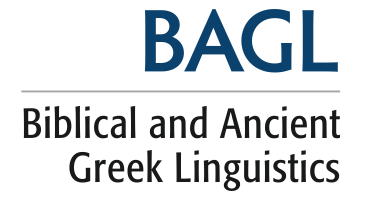




 Plan interactif
Plan interactif Monuments
Monuments Chronologie
Chronologie Index
Index À propos
À propos



